Growing hydroponic fodder can transform livestock health and farm productivity — but if you want to turn it into a profitable business, effective marketing is key. Whether you’re selling directly to farmers or supplying bulk quantities to dairy cooperatives, knowing your target audience and using the right strategies can help you get the best price for your product.
1. Identify Your Target Market
Before selling, decide who you want to serve:
- Dairy farms: Looking for consistent, nutrient-rich feed to boost milk yield.
- Poultry farms: Needing fresh green feed to improve egg quality and bird health.
- Goat & sheep farms: For better weight gain and reproduction rates.
- Pet owners: Especially for rabbits, guinea pigs, and ornamental birds.
2. Highlight the Benefits
Farmers are more likely to buy if they see clear value:
- Year-round supply: Even in drought or off-seasons.
- Nutritional advantage: High protein, vitamins, and better digestibility.
- Water savings: 90–95% less water use than traditional fodder.
- Reduced wastage: Animals eat the whole mat, roots included.
Tip: Use before-and-after examples from local farms to prove results.
3. Set the Right Price
- Calculate production costs (seeds, water, electricity, labor).
- Compare with market prices for green fodder and concentrates.
- Offer discounts for bulk purchases or long-term contracts.
- Keep your prices competitive but ensure profitability.
4. Packaging and Presentation
Presentation can influence buying decisions:
- Supply in fresh mats or chopped form for easy feeding.
- Use clean, reusable crates or biodegradable packaging.
- Include feeding instructions and nutritional details.
5. Build Relationships
In agriculture, trust matters:
- Visit farms and demonstrate benefits.
- Offer trial batches so farmers can see results firsthand.
- Provide ongoing customer support.
6. Marketing Channels
- Local farmer markets and agri-fairs.
- Tie-ups with dairy cooperatives and livestock feed stores.
- Use WhatsApp groups and Facebook pages for farm communities.
- Collaborate with NGOs and government programs promoting sustainable farming.
7. Upsell and Diversify
Once you have loyal customers, expand your offerings:
- Sell fodder seeds or small hydroponic kits.
- Offer consultancy and training for farmers wanting their own systems.
- Add other products like wheatgrass juice powder or microgreens.
Conclusion
Marketing hydroponic fodder is about more than just selling green mats — it’s about showing farmers how it can improve their productivity and profits. By building trust, offering real value, and using smart marketing channels, you can turn your fodder production into a thriving agribusiness.

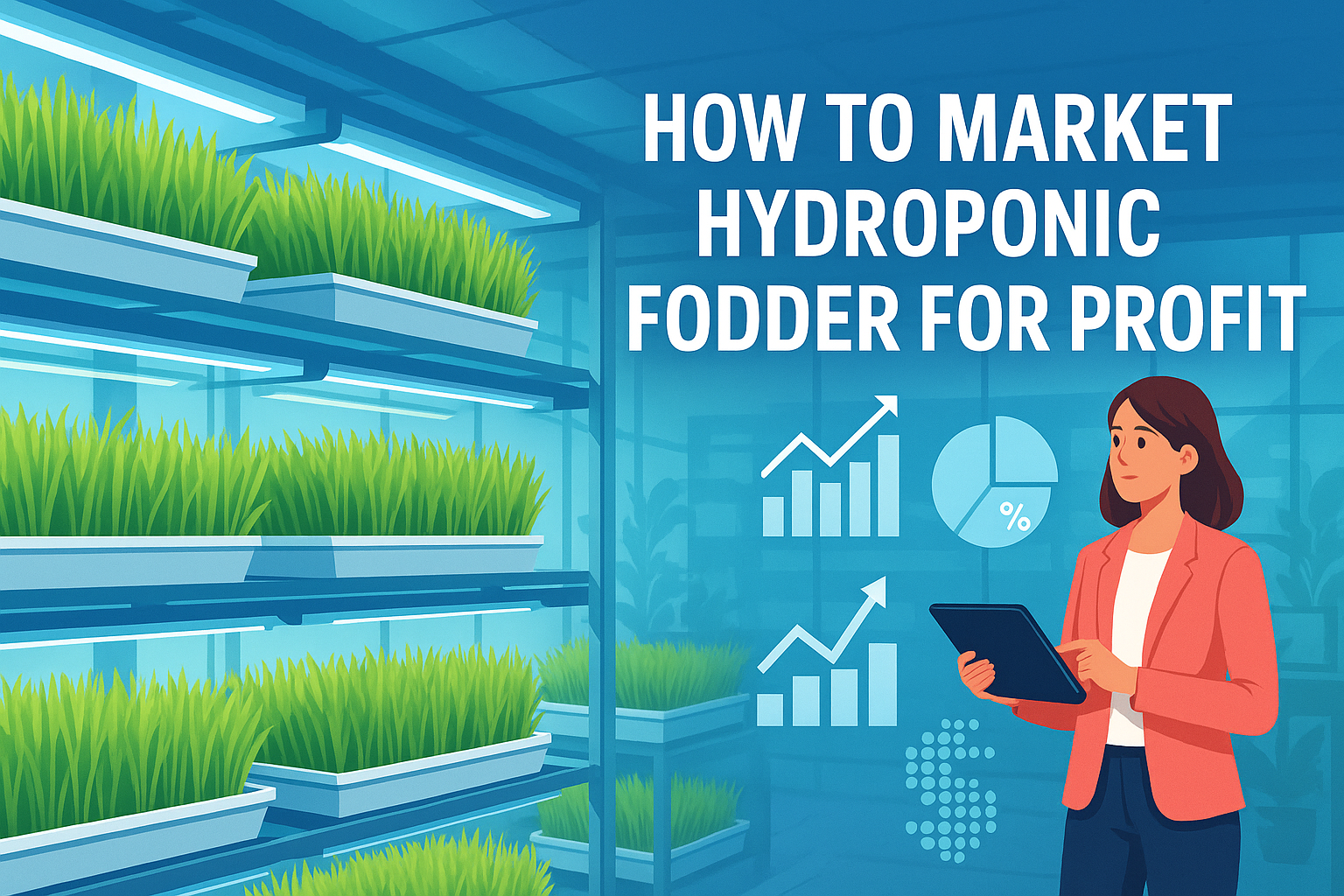
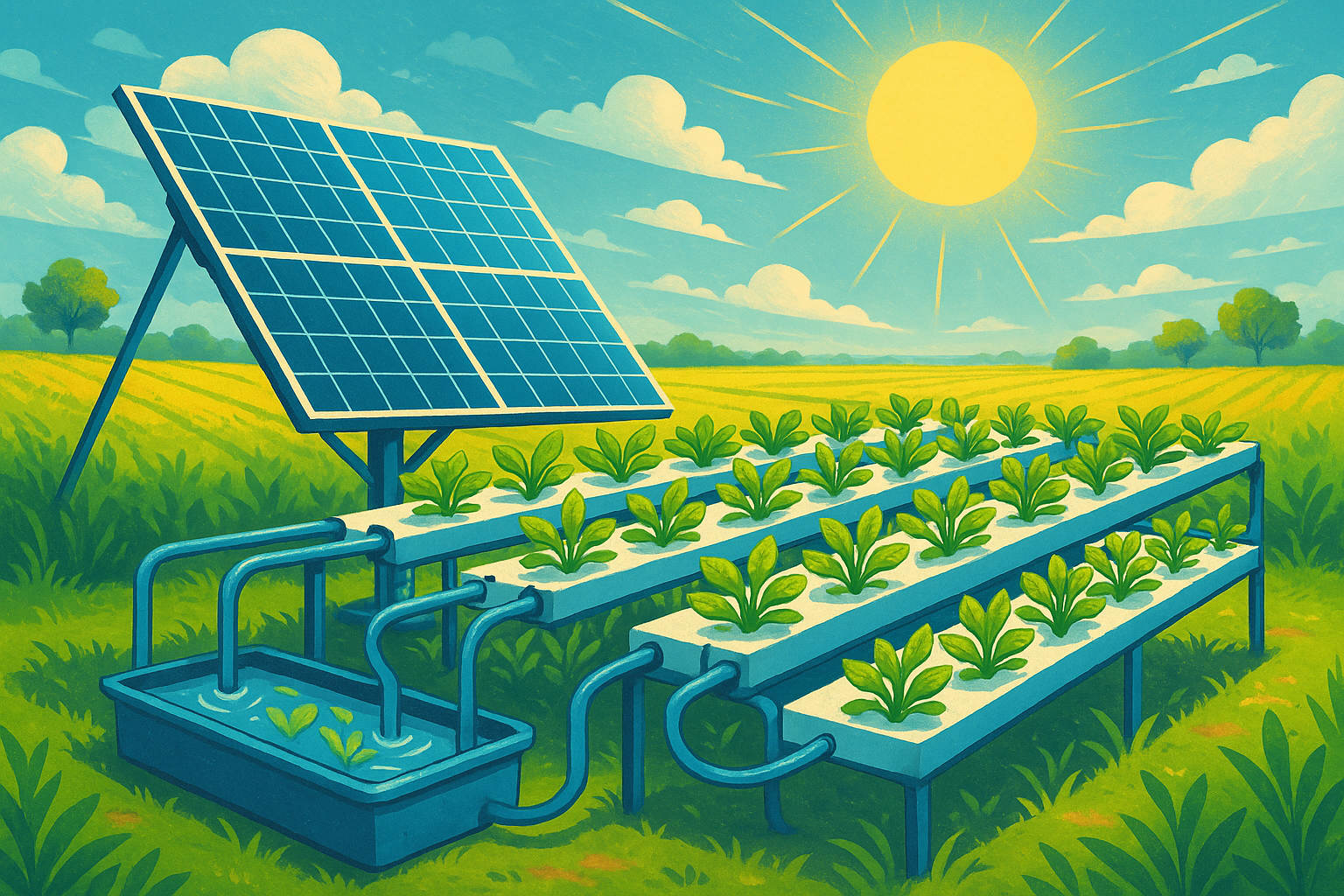
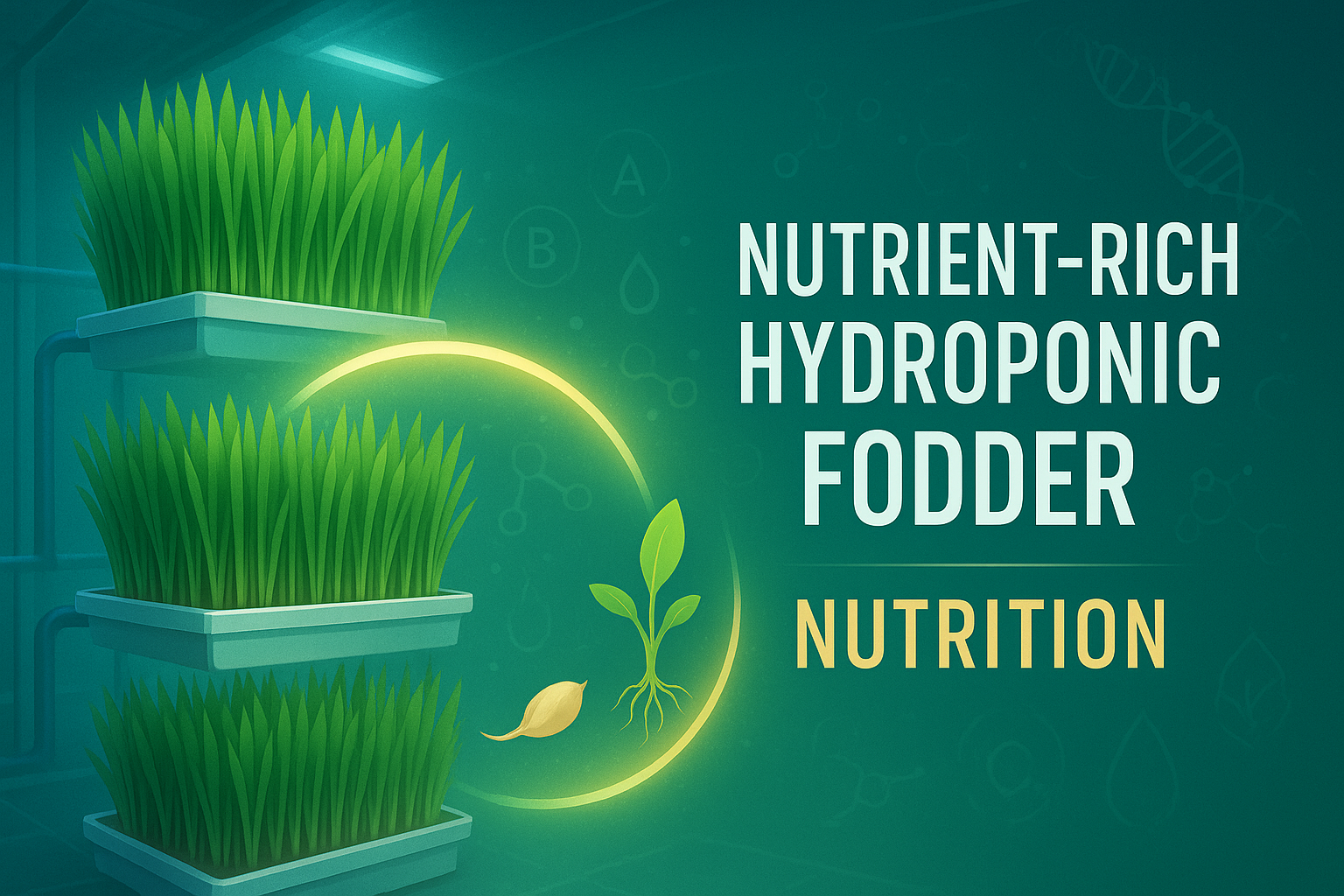
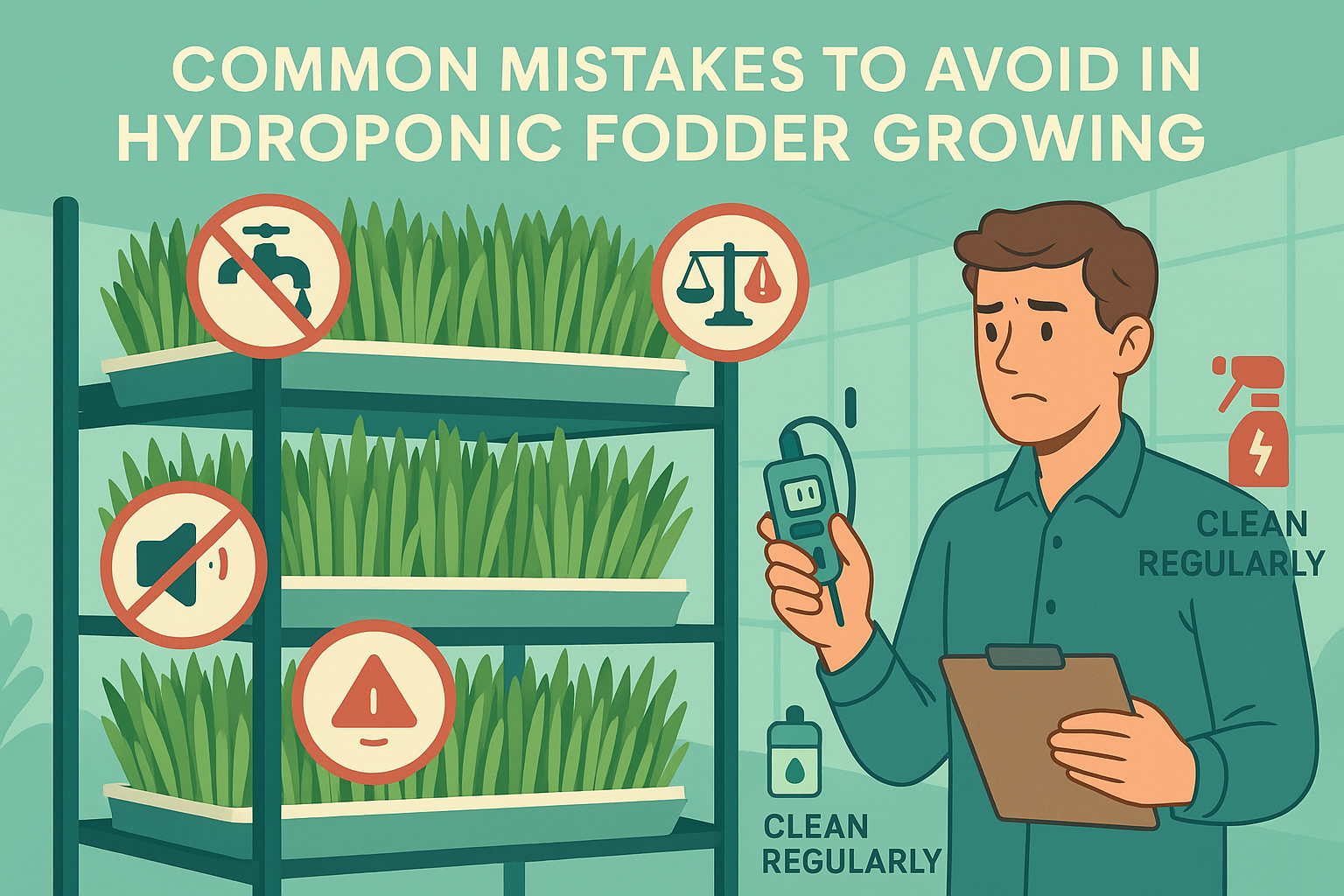





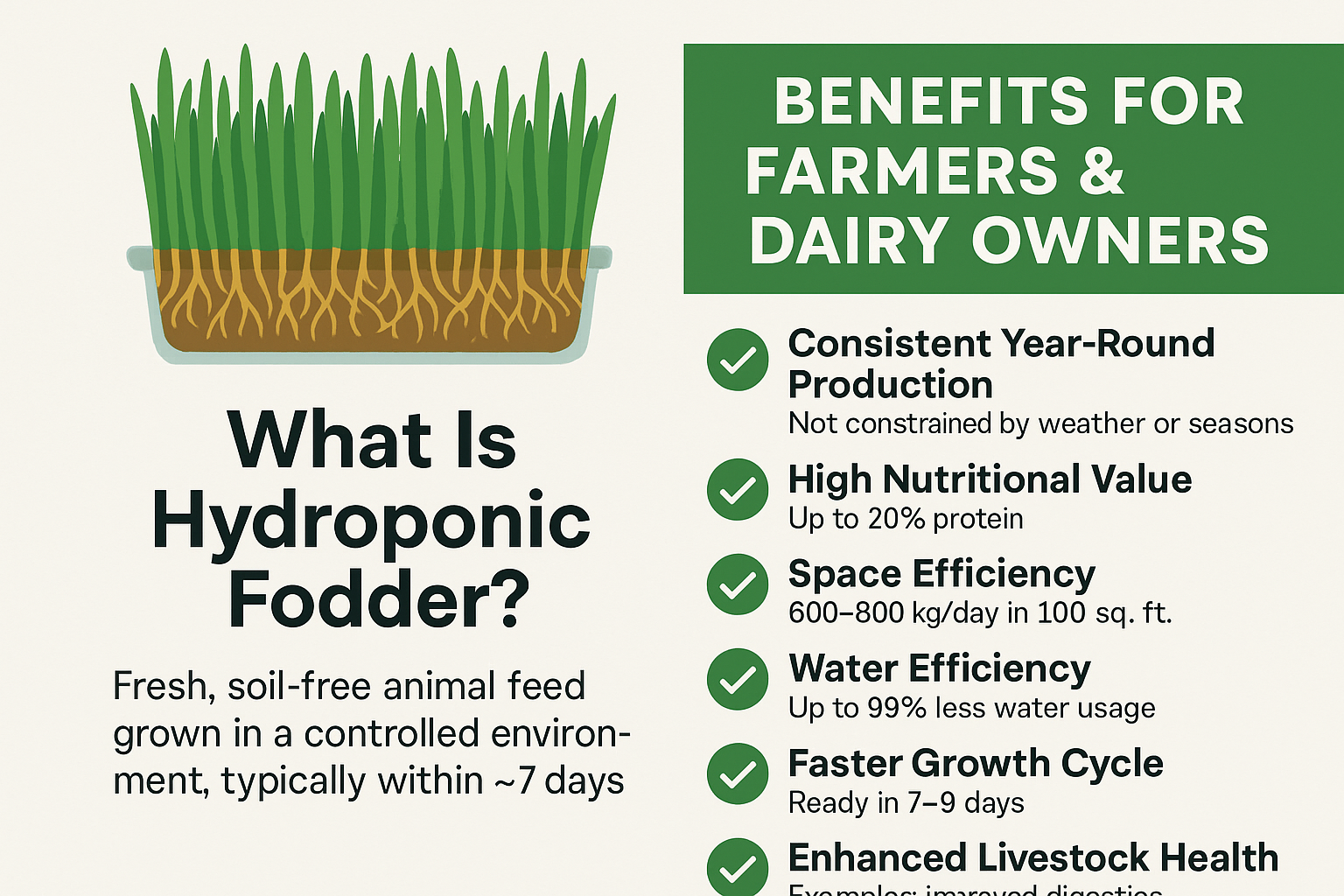
Leave a Reply